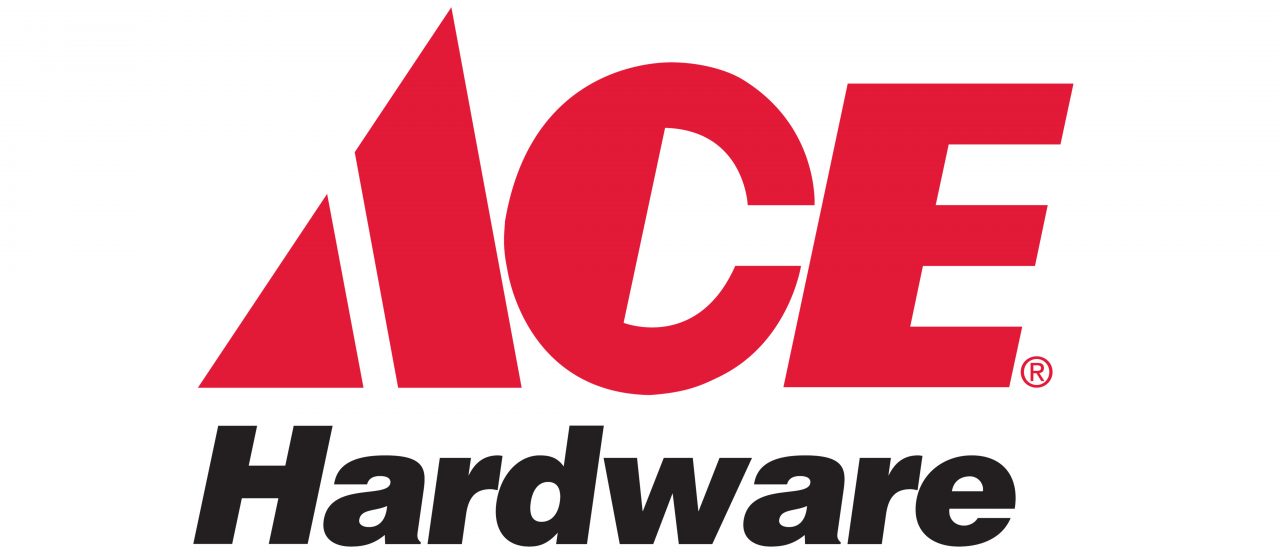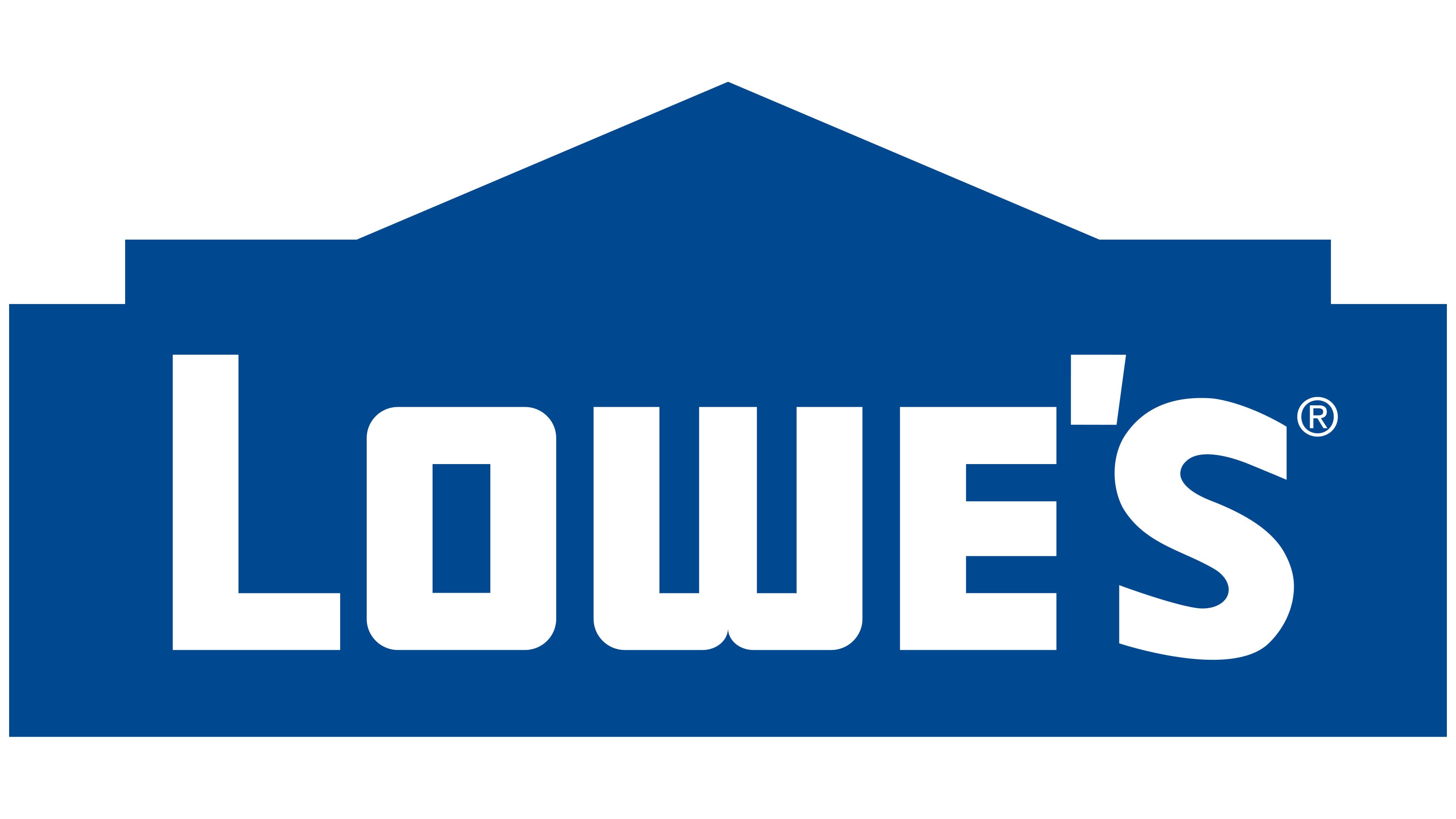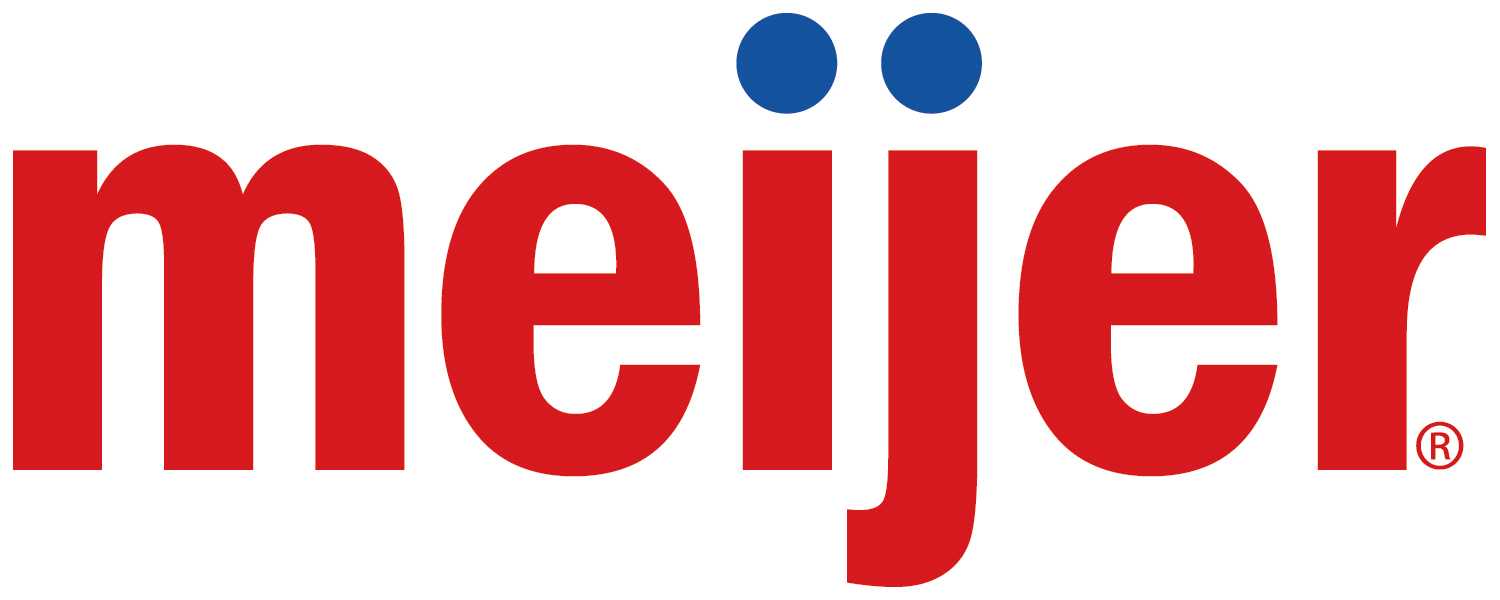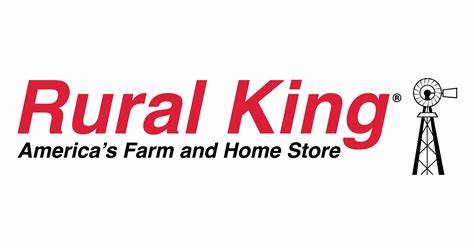















 THE BEST WAY TO KEEP YOUR FIREPLACE OR WOODSTOVE IN GOOD CONDITIONS.
Wheter you use hardwood, softwood or pressed logs, flammable creosote and tar build up in your fireplace or
woodstove flue. This can lead to a chimney fire. CSL has the active minerals that help dry out the creosote while you
are enjoying a relaxing evening by the fire.
THE BEST WAY TO KEEP YOUR FIREPLACE OR WOODSTOVE IN GOOD CONDITIONS.
Wheter you use hardwood, softwood or pressed logs, flammable creosote and tar build up in your fireplace or
woodstove flue. This can lead to a chimney fire. CSL has the active minerals that help dry out the creosote while you
are enjoying a relaxing evening by the fire.
 Prior to using the CSL, always perform a visual inspection of your chimney and flue to ensure that it is free of debris,
bird's nests, or other obstructions.
Do not use the CSL as your first fire of the season. Burn normal fires for two or three days prior to CSL application.
Ensure that the fireplace damper is fully open.
If you have a catalytic combustor, close it with the bypass and put it in the inactive position. Leave the catalytic
combustor in bypass mode for 1 to 2 weeks, the duration of the treatment period. See page 12 for more information
regarding catalytic combustors.
The CSL is non corrosive and will not damage flue pipes. It is safe to use with all masonry chimneys.
The CSL may be used with woodstoves, wood burning furnaces, fireplace insert, wood burning fireplace with a gas
starter, wood/coal stove, boilers, dual fuel wood burning boilers or furnaces and fireplaces.
Do not use the CSL with artificial gas or electrical fireplaces or BBQs. It also should not be used on oil only burning
furnaces.
Prior to using the CSL, always perform a visual inspection of your chimney and flue to ensure that it is free of debris,
bird's nests, or other obstructions.
Do not use the CSL as your first fire of the season. Burn normal fires for two or three days prior to CSL application.
Ensure that the fireplace damper is fully open.
If you have a catalytic combustor, close it with the bypass and put it in the inactive position. Leave the catalytic
combustor in bypass mode for 1 to 2 weeks, the duration of the treatment period. See page 12 for more information
regarding catalytic combustors.
The CSL is non corrosive and will not damage flue pipes. It is safe to use with all masonry chimneys.
The CSL may be used with woodstoves, wood burning furnaces, fireplace insert, wood burning fireplace with a gas
starter, wood/coal stove, boilers, dual fuel wood burning boilers or furnaces and fireplaces.
Do not use the CSL with artificial gas or electrical fireplaces or BBQs. It also should not be used on oil only burning
furnaces.
 To ensure proper combustion of the CSL, pull the seams of the wrapper outward, to create an airspace between the CSL and the paper. This will allow it to catch fire more efficiently.
To ensure proper combustion of the CSL, pull the seams of the wrapper outward, to create an airspace between the CSL and the paper. This will allow it to catch fire more efficiently.
 Woodstoves are well known to produce high amounts of creosote inside the flue pipes.
Burning only one CSL in a wood stove or fireplace insert will reduce overall creosote weight, thickness & volatile organic compounds. Therefore, to keep your woodstove or fireplace insert in good condition, follow the guidelines in the chart below according to your woodstove or fireplace insert usage.
FLUE COMPATIBILITY
All flue pipes. Masonry flues. Catalytic converters.
DO NOT USE WITH
BBQs, gas logs, electrical appliances,
oil stoves, pellet stoves.
Woodstoves are well known to produce high amounts of creosote inside the flue pipes.
Burning only one CSL in a wood stove or fireplace insert will reduce overall creosote weight, thickness & volatile organic compounds. Therefore, to keep your woodstove or fireplace insert in good condition, follow the guidelines in the chart below according to your woodstove or fireplace insert usage.
FLUE COMPATIBILITY
All flue pipes. Masonry flues. Catalytic converters.
DO NOT USE WITH
BBQs, gas logs, electrical appliances,
oil stoves, pellet stoves.
 Creosote build-up will depend on appliance type, fuel used, frequency of use and other factors.
For Woodstoves, inserts and small fireplaces, use 1 CSL at a time:
Creosote build-up will depend on appliance type, fuel used, frequency of use and other factors.
For Woodstoves, inserts and small fireplaces, use 1 CSL at a time:
 Fireplace chimneys produce less creosote but they are often harder to clean.
Due to a high air flow draft, open fireplaces produce less creosote than a woodstove. Still, it needs your attention over time. Therefore, use CSL to render creosote more brittle for easier mechanical cleaning, as well as to lower volatile organic compounds in your chimney.
Fireplace chimneys produce less creosote but they are often harder to clean.
Due to a high air flow draft, open fireplaces produce less creosote than a woodstove. Still, it needs your attention over time. Therefore, use CSL to render creosote more brittle for easier mechanical cleaning, as well as to lower volatile organic compounds in your chimney.
 A small fireplace has a horizontal opening that is less than three feet.
A large fireplace has a horizontal opening that is wider than three feet.
For large fireplaces or when using 2 CSL at the same time:
A small fireplace has a horizontal opening that is less than three feet.
A large fireplace has a horizontal opening that is wider than three feet.
For large fireplaces or when using 2 CSL at the same time:
 The combustion process when wood is burned is never complete. The smoke from a wood fire usually contains a dark brown or black substance which has a smoky odor. This tar like substance is called creosote, and it is found nearly everywhere in a wood heating system.
Wood has different characteristics. Certain types of wood release more heat than others. Hardwoods, such as oak, are denser than softwoods such as pine. Hardwoods will burn longer. Unseasoned green wood will burn with difficulty and produce more creosote.
Each time you burn a wood fire creosote is formed. Over time, it will build up inside your chimney. Creosote is a flammable material which can ignite causing a fire up in your chimney.
The CSL contains a mixture of special additives that are dispersed during the process of burning. The additives are released through the smoke and adhere to the creosote. A chemical reaction will take place for one to two weeks. During this time, the creosote may become brittle.
You continue to use your appliance, the heat from the fires will treat the creosote and may cause the creosote to disperse as a fine powder, or break away from the chimney wall and fall back into the firebox in the form of small particles.
Any remaining creosote is less likely to result in a chimney fire. It also is more brittle, allowing for easier and more effective mechanical removal.
The combustion process when wood is burned is never complete. The smoke from a wood fire usually contains a dark brown or black substance which has a smoky odor. This tar like substance is called creosote, and it is found nearly everywhere in a wood heating system.
Wood has different characteristics. Certain types of wood release more heat than others. Hardwoods, such as oak, are denser than softwoods such as pine. Hardwoods will burn longer. Unseasoned green wood will burn with difficulty and produce more creosote.
Each time you burn a wood fire creosote is formed. Over time, it will build up inside your chimney. Creosote is a flammable material which can ignite causing a fire up in your chimney.
The CSL contains a mixture of special additives that are dispersed during the process of burning. The additives are released through the smoke and adhere to the creosote. A chemical reaction will take place for one to two weeks. During this time, the creosote may become brittle.
You continue to use your appliance, the heat from the fires will treat the creosote and may cause the creosote to disperse as a fine powder, or break away from the chimney wall and fall back into the firebox in the form of small particles.
Any remaining creosote is less likely to result in a chimney fire. It also is more brittle, allowing for easier and more effective mechanical removal.
 The CSL will continue to smoke even after the flames have gone out. This is a normal part of the application process.
Make sure your damper is left fully open, until the smoking has completely stopped.
Falling creosote can come down over a period of days and is often difficult to distinguish from regular fire ashes.
The CSL will continue to smoke even after the flames have gone out. This is a normal part of the application process.
Make sure your damper is left fully open, until the smoking has completely stopped.
Falling creosote can come down over a period of days and is often difficult to distinguish from regular fire ashes.
 If possible, allow a few hours between using the CSL and starting another fire.
After you have used the CSL, it is beneficial to have subsequent wood fires every couple of days for the next one to two weeks. This will allow the additives released by the CSL to further treat the creosote.
If your wood burning appliance is used constantly, much of the flaking creosote will be dispersed from the heat and draft of continuous fires.
Wait 1 to 2 weeks after using the CSL before doing a mechanical sweeping, as the creosote will be easier to remove after the treatment is complete.
If possible, allow a few hours between using the CSL and starting another fire.
After you have used the CSL, it is beneficial to have subsequent wood fires every couple of days for the next one to two weeks. This will allow the additives released by the CSL to further treat the creosote.
If your wood burning appliance is used constantly, much of the flaking creosote will be dispersed from the heat and draft of continuous fires.
Wait 1 to 2 weeks after using the CSL before doing a mechanical sweeping, as the creosote will be easier to remove after the treatment is complete.

 Poking or breaking up of the CSL while it is burning may cause it to burn too intensely.
Flaming particles may stick to fireplace tools.
Do not add wood or other material to the fire after you have placed the CSL into the firebox.
Do not attempt to remove a burning or smoldering log from the fireplace.
In a woodstove or fireplace insert, burn only one CSL at a time.
Leave any remaining residue from the CSL in the firebox. Additives will continue to be released, and any remaining unburned residue will be reduced to ashes as you burn your next fire.
Do not close the fireplace damper until the ashes are cool and there is no further smoking activity.
Inspect both the top of the damper and smoke shelf (if equipped) from time to time to ensure they are cleared of fallen creosote particles after use of the CSL. This is particularly important if your creosote build up was significant before using the CSL. Remove the debris with a curved brush or a wet/dry-vac type vacuum cleaner.
If your woodstove has an angled or horizontal flue, inspect and clean any debris which may collect in it.
Installing a regular chimney cap can often solve downdrafts caused by winds. Check at www.cleanyourchimney.com for more details
Open a window (on the side of the house the wind is blowing against) if there is little air in the room with the fireplace.
In an emergency you can extinguish the CSL. Use a UL listed chemical fire extinguisher or carefully douse it with water.
Never leave any fire unattended.
Never allow children to play near a fireplace, hot woodstove or any wood burning appliance.
Failure to follow these instructions and warnings, may result in an improper burn or risk of injury or fire.
Poking or breaking up of the CSL while it is burning may cause it to burn too intensely.
Flaming particles may stick to fireplace tools.
Do not add wood or other material to the fire after you have placed the CSL into the firebox.
Do not attempt to remove a burning or smoldering log from the fireplace.
In a woodstove or fireplace insert, burn only one CSL at a time.
Leave any remaining residue from the CSL in the firebox. Additives will continue to be released, and any remaining unburned residue will be reduced to ashes as you burn your next fire.
Do not close the fireplace damper until the ashes are cool and there is no further smoking activity.
Inspect both the top of the damper and smoke shelf (if equipped) from time to time to ensure they are cleared of fallen creosote particles after use of the CSL. This is particularly important if your creosote build up was significant before using the CSL. Remove the debris with a curved brush or a wet/dry-vac type vacuum cleaner.
If your woodstove has an angled or horizontal flue, inspect and clean any debris which may collect in it.
Installing a regular chimney cap can often solve downdrafts caused by winds. Check at www.cleanyourchimney.com for more details
Open a window (on the side of the house the wind is blowing against) if there is little air in the room with the fireplace.
In an emergency you can extinguish the CSL. Use a UL listed chemical fire extinguisher or carefully douse it with water.
Never leave any fire unattended.
Never allow children to play near a fireplace, hot woodstove or any wood burning appliance.
Failure to follow these instructions and warnings, may result in an improper burn or risk of injury or fire.



